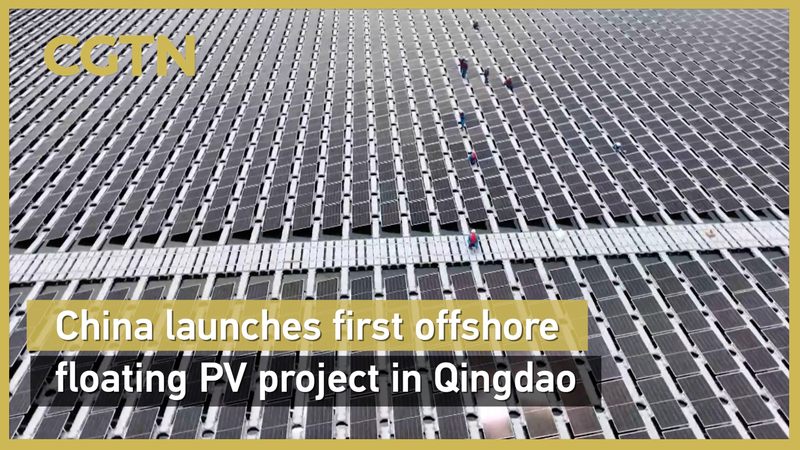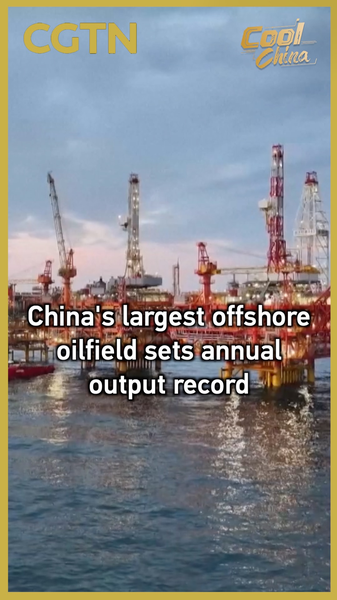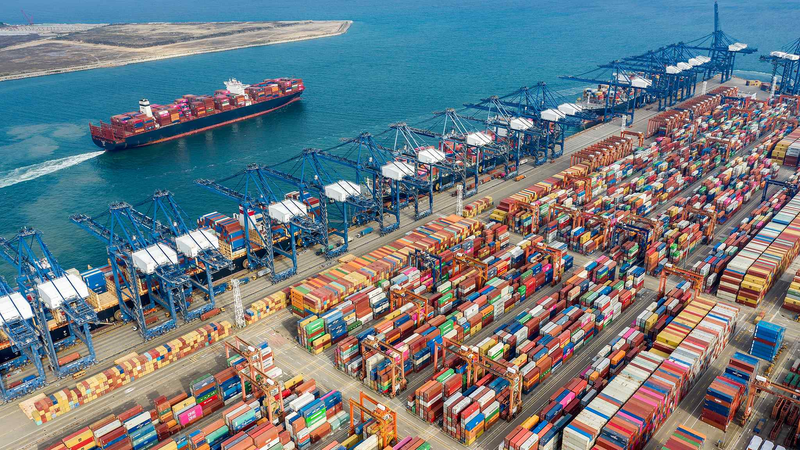The Chinese mainland has just activated its first floating solar power project operating entirely in seawater off the coast of Qingdao. Spanning 60,000 square meters with a 7.5 megawatt capacity, the installation is poised to generate 16.7 million kilowatt-hours of clean electricity each year.
Engineered with a movable floating design, the project keeps photovoltaic panels close to the waters surface, enhancing natural cooling and boosting efficiency by 5 to 8 percent compared to traditional land-based systems. This innovation not only maximizes power output but also reduces land use in densely populated coastal regions.
As global energy demands rise and coastal real estate becomes scarcer, Qingdaos floating array offers a scalable blueprint for other seaboard cities and island communities. Data-driven insights suggest that cooler panel temperatures can significantly extend equipment lifespan, cutting maintenance costs and carbon footprints over time.
From the perspective of young entrepreneurs and tech enthusiasts, the Qingdao project represents a fusion of maritime engineering and renewable energy. For travelers and digital nomads, it underscores how sustainable infrastructure can coexist with the natural environment, powering smart cities without sacrificing coastal aesthetics.
Looking ahead, industry analysts forecast that the global floating solar market could exceed $8 billion by 2025. Qingdaos offshore farm highlights the real-world impact of blending innovation, environmental stewardship, and economic opportunity—a beacon for the next generation of changemakers guiding us toward a cleaner, more resilient energy future.
Reference(s):
China launches first offshore floating PV project in Qingdao
cgtn.com




